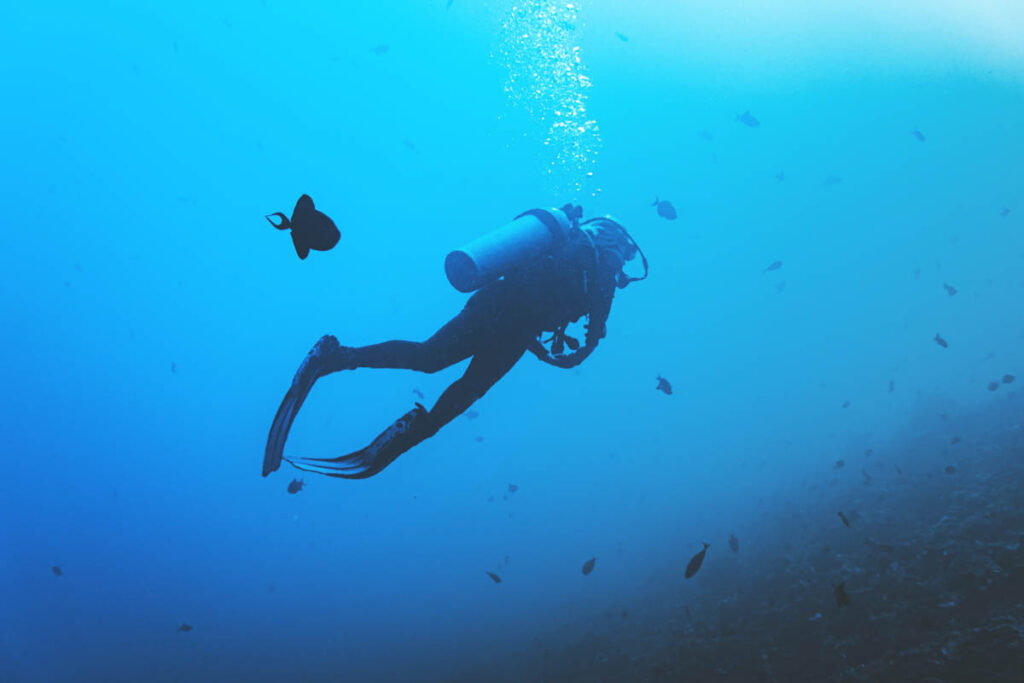Risk management (RM) in diving integrates the recognition, assessment, and strategic handling of risks, with an emphasis on emergency preparedness. The aim is to mitigate various risks associated with diving to a level that is acceptable by societal standards.
The ideal RM process prioritizes risks based on their potential for loss and probability of occurrence, addressing the most significant risks first. This process can be complex, as it involves balancing high-loss, low-probability risks against high-probability, low-loss risks. Furthermore, intangible risks—those with a 100% probability but often overlooked due to insufficient identification—must be considered. For example, a diver exceeding their training limits due to inadequate knowledge represents an intangible risk that can compromise safety and rescue effectiveness.
Allocating resources such as time, money, manpower, and equipment also poses challenges. These resources might be diverted to more profitable activities, creating additional intangible risks. Thus, RM requires a delicate balance and should be an ongoing process, continuously adapting over time.
The Value of Risk Management
Implementing a robust RM framework in dive centers offers several benefits:
- Structured Framework: Ensures future dives are conducted consistently and safely.
- Enhanced Decision-Making: Facilitates better planning and prioritization through continuous learning.
- Efficient Resource Allocation: Optimizes the use of resources, capital, and time.
- Safety Assurance: Protects divers, equipment, and emergency service resources.
- Knowledge Development: Enhances the knowledge base of divers, dive centers, and support personnel.
- Operational Efficiency: Streamlines diving operations.
- Improved Safety Image: Enhances the reputation of recreational diving safety.
- Customer service: With 100% safety record customers are assured of safe standards.
Many divers overestimate their ability to assess risks accurately, often due to inadequate training. To mitigate this, risk identification should be methodical, ensuring all significant activities and their consequences are thoroughly evaluated.
Common Risks and Their Management
Identifying and assessing potential risks systematically is crucial. While unlikely events should not dominate planning efforts, more probable risks require careful consideration. For instance, while the simultaneous gas depletion of all divers in a group is improbable, planning for one diver running low on gas after a deep dive is essential. Strategies like placing a cylinder and regulator at the safety stop or gas matching within buddy teams can mitigate such risks.
Quarterly Risk Management Reviews
Dive centers must incorporate quarterly RM reviews involving all staff. This practice ensures continuous improvement and relevance of safety protocols. Staff participation in these reviews is vital for several reasons:
- Collective Expertise: Diverse insights lead to more comprehensive risk assessments.
- Continuous Learning: Regular reviews promote ongoing education and adaptation to new information or incidents.
- Enhanced Buy-In: Staff involvement fosters a culture of safety and accountability.
- Updated Procedures: Frequent reviews ensure that safety measures remain current and effective.
Benefits
By integrating RM as a continuous and inclusive process, dive centers can significantly reduce the risks associated with diving, ensuring safer and more enjoyable experiences for all participants.
Investing in RM is not just about regulatory compliance—it’s about valuing life and taking the necessary steps to protect it.
Safety Standards can be used to develop operational awareness with customers who in turn will promote your business.







